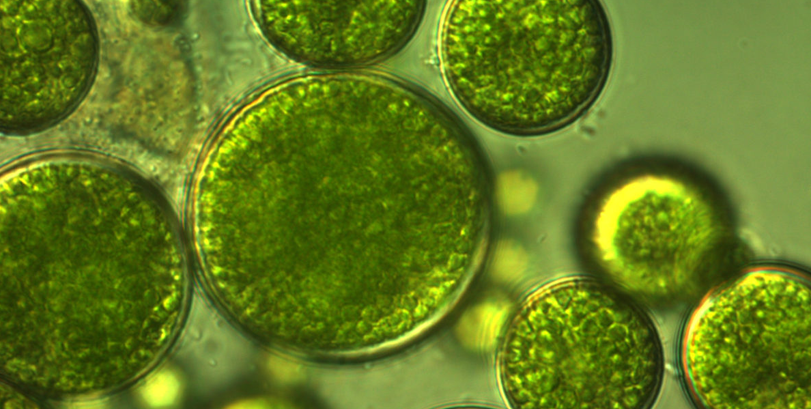Phytocare – Modeling and Optimization of Algae Growth #SWI2010
Problem description
The runoff water from greenhouses contains fertilizers and must be cleaned before it can be returned to the groundwater system. A means of doing this is to introduce algae into the water. The algae eat up the fertilizer and clean the water. Subsequently, the algae may be removed and sold as feed, for example, to oyster farms.
Phytocare plans to grow algae in greenhouse runoff water, both for sale as feed and to clean the water. These are two different optimization criteria: (1) maximum production of algae in a production pond, and (2) maximum depletion of contaminants in an exhaustion pond. We would like to determine the best conditions for each case.
A runoff water treatment pond is a racetrack-shaped tank, 30cm deep, with a paddlewheel at one point to keep the water flowing and mixing (see Figure). Tests confirm that the mixture is homogeneous and the algae density is independent of depth. Photosynthesis depends on the amount of light present, which is a function of the time of day, the season, the weather, and the penetration into the pond (a function of the algae density and the depth). The algae growth can be influenced by varying the supply of nutrients and controlled harvesting. Algae density is measured 3 times per day and the pond composition is regularly analyzed in a laboratory (analysis takes 1 day).
Phytocare seeks mathematical answers to the following questions:
- How does the photosynthesis model depend on pond composition in terms of pH, fertilizer content, temperature, CO2 level, and sunshine?
- How can this dependence most efficiently be determined by means of experiments?
- Given a photosynthesis model, what are the dynamics of phytoplankton production?
- How is it influenced by weather, by nutrient supply, by harvesting?
- How can we optimally control the production as a function of the weather/available sunlight by adjusting the nutrient supply?
- What is the optimal harvesting strategy?
- How do the optimization strategies change, depending on whether algae production or water cleaning is the goal?

